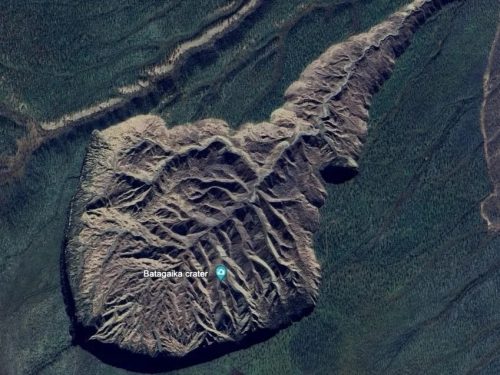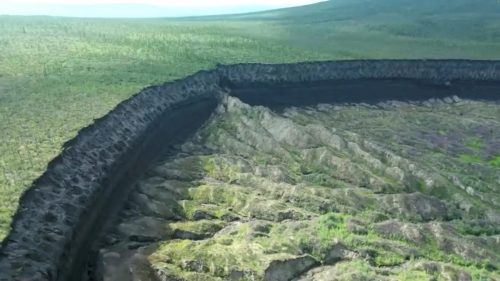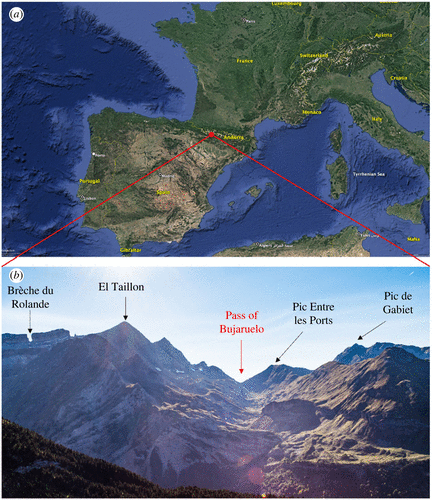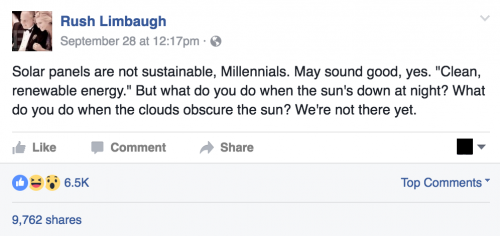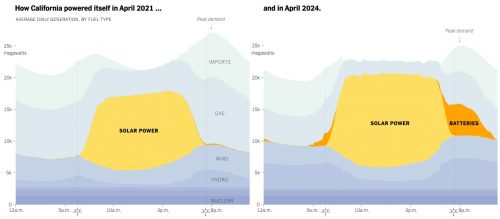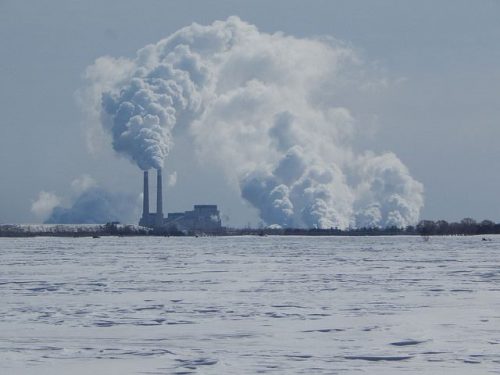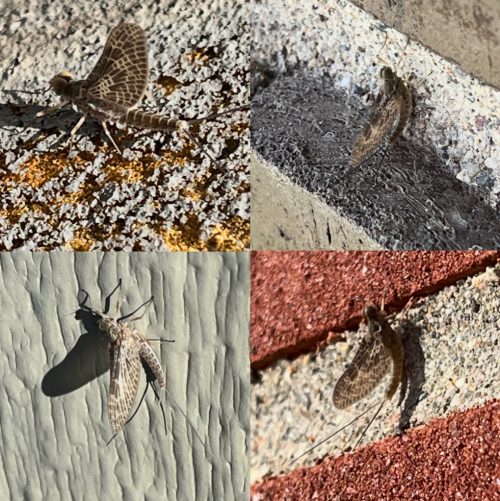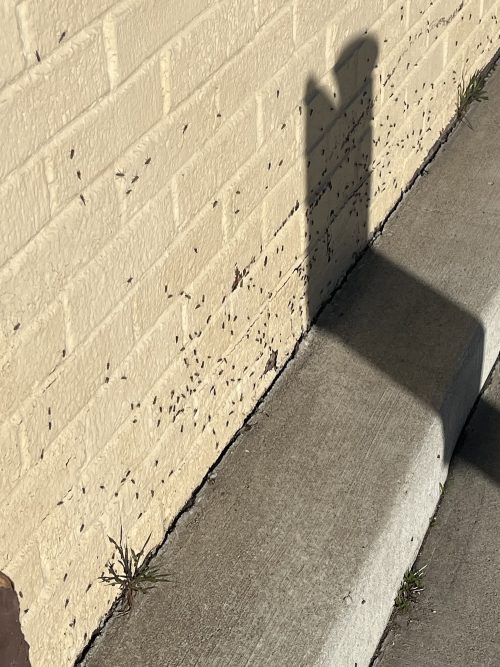This opinion piece is so on-brand for the New York Times: “I Swore Off Air-Conditioning, and You Can, Too”. We’re facing a serious threat from global warming, so let’s tell all the little people to get off their butts and fix it rather than addressing the systemic contributions of capitalism and the petrochemical industry.
Most of those savings were likely the result of using fans instead of air-conditioning. We also kept other appliances and devices turned off as much as possible because they, too, generate heat. Dishwashers are double trouble, putting out heat and humidity. We don’t have one.
You can’t unplug the refrigerator, of course, but we keep ours set for just under 40 degrees, the highest safe temperature, according to the Food and Drug Administration. And we dry our laundry on the clothesline out back.
When it gets too hot, we lightly spray water on our arms, legs and faces; the water helps dissipate a lot of heat. A quick, cold shower or a little time spent with that all-American favorite, the lawn sprinkler, also can bring relief.
In summer we’ll spend as many of our at-home hours as we can outdoors, in the shady city park down the street or on our screened porch.
Well, fine. I agree with all that. We do many of those things, too — we’ve got an ’emergency air conditioner’ in the window of our bedroom that we’ve used for about a week this year, but otherwise, yes, we mainly get by on low-energy alternatives. I think it’s a good idea to be mindful about how our lives impact the environment, and turning off an appliance now and then is smart and helpful. But does this actually substantially offset the fact that we live in cities that are dependent on the automobile? Worse, we’re surrounded by pervasive marketing telling us to buy massive trucks, that we have to go to a mall with a gigantic parking lot to buy cheap plastic widgets we don’t need made in China, while wearing clothes from Shein that we’ll throw into a landfill next week. There are a lot of sensible changes we could make in our lifestyles that the New York Times would get in trouble with their advertisers if they started promoting them.
OK, here’s the Batagaika Crater in Siberia.
That’s a huge “retrogressive thaw slump”, a hole that is visible from space and is steadily growing as the permafrost thaws and its edges collapse. Here’s a drone photo of the slow-motion disaster:
Spectacular and horrifying.
Permafrost covers 15% of the land in the Northern Hemisphere and contains twice as much carbon as the atmosphere.
One study estimated that permafrost thaw could emit as much planet-warming gases as a large industrial nation by 2100 if industries and countries don’t aggressively rein in their own emissions today.
How big is the contribution of this one feature in the landscape to climate change?
In a study published in the journal Geomorphology in June, researchers used satellite and drone data to construct 3D models of the megaslump and calculate its expansion over time.
They found that about 14 Pyramids of Giza’s worth of ice and permafrost had thawed at Batagay. The crater’s volume increases by about 1 million cubic meters every year.
“These values are truly impressive,” Alexander Kizyakov, the study’s lead author and a scientist at Lomonosov Moscow State University, told BI in an email.
“Our results demonstrate how quickly permafrost degradation occurs,” he added.
The researchers also calculated that the megaslump releases about 4,000 to 5,000 tons of carbon each year. That’s about as much as the annual emissions from 1,700 to 2,100 US homes’ energy use.
If only everyone in the USA would sprinkle a little water on their arms rather than turning on the air conditioner, we could compensate for that problem. Or better yet, think of all the energy you could save by cancelling your subscription to the NY Times!
Really, though, we need something more than these piecemeal token changes in individual behavior.

